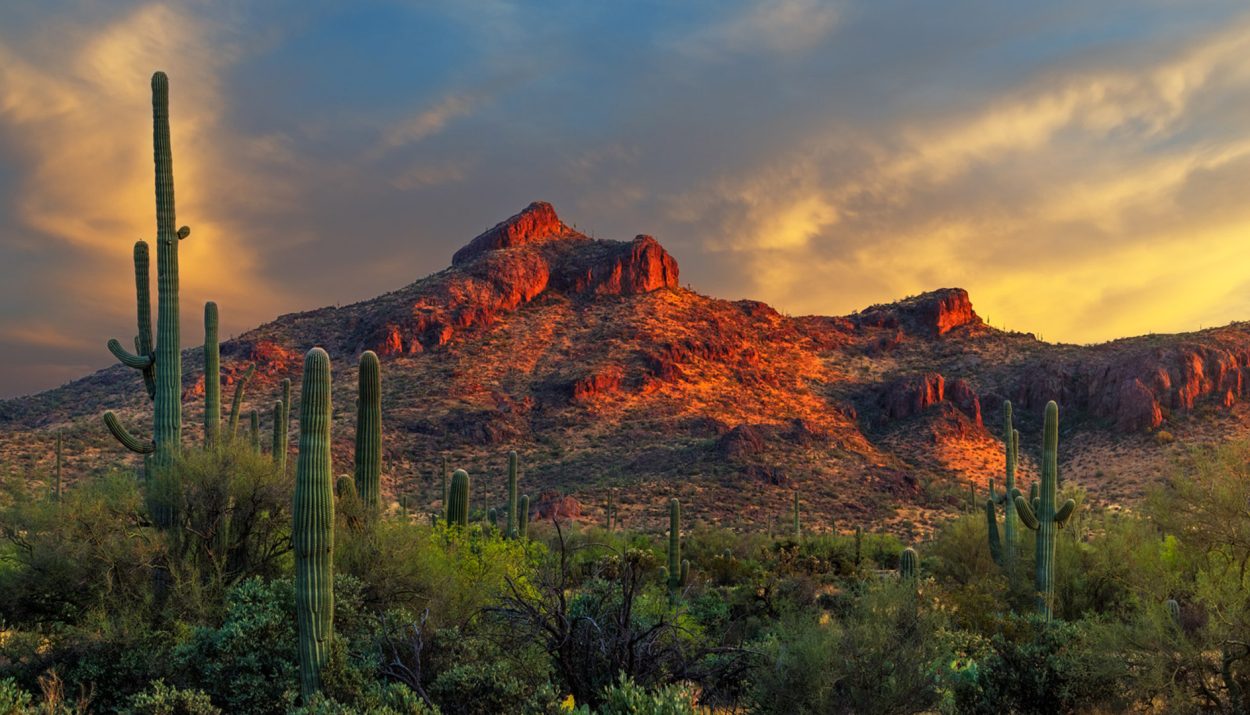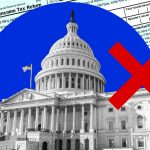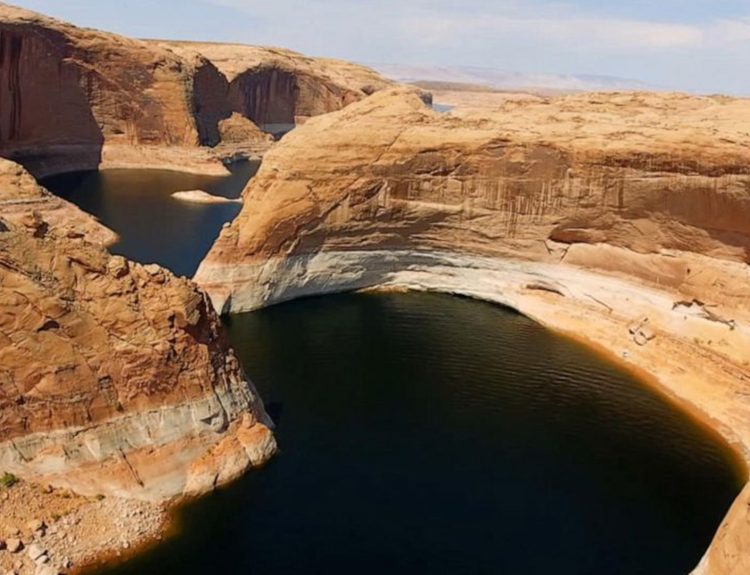As the largest landowner in the state, the federal government’s management of public lands shapes many aspects of life in Idaho. Nearly two-thirds of the state’s land is federally owned, most of which is managed by the U.S. Forest Service, Bureau of Land Management, and National Park Service.
How the federal government balances competing demands on these public lands – from recreation and resource extraction to conservation and wildlife habitat – directly impacts Idaho’s economy, environment, and culture.
Overview of Federal Land Ownership in Idaho
The Bureau of Land Management (BLM) oversees nearly 34 million acres of public land in Idaho, making it the largest landowner in the state. The BLM manages these lands for multiple uses, such as recreation, grazing, mining, and energy production.

The Forest Service aims to sustain the health, diversity, and productivity of national forests and grasslands to meet the needs of present and future generations. While Idaho only has one official national park, Yellowstone National Park, the National Park Service also manages several national monuments and recreation areas in the state.
History of Federal Land Acquisition in Idaho
In the early 19th century, the U.S. government acquired millions of acres of land as the country expanded westward. Idaho Territory was established in 1863, comprising modern-day Idaho, Montana, and Wyoming. The federal government retained control of much of this land rather than transferring it to states or settlers.

According to historical records, the U.S. government obtained the rights to nearly all of present-day Idaho through treaties and purchases from European nations in the early 1800s. The Louisiana Purchase of 1803 and treaties with Britain in 1846 and Spain in 1819 granted control of land that now makes up Idaho to the federal government.
Creation of Public Lands
In the late 19th century, the government began reserving some of these western lands for public use. The first national park, Yellowstone, was established in 1872 and included parts of present-day Idaho. Other public lands like national forests, monuments, and wilderness areas were created in the early 20th century.
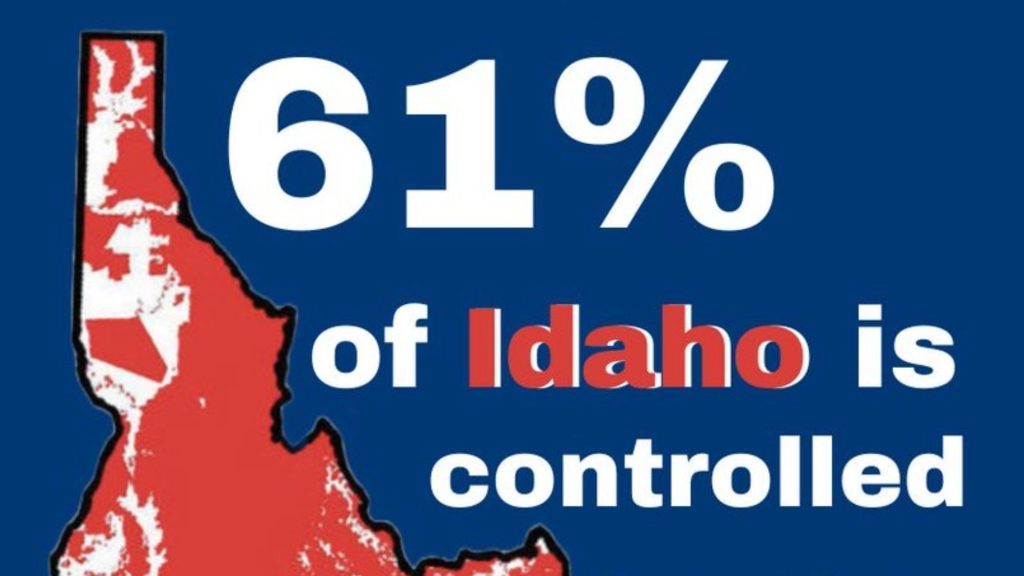
The Forest Reserve Act of 1891 allowed the President to establish forest reserves from public lands. In Idaho, forest reserves that later became national forests were created, including Bitterroot, Coeur d’Alene, and Nez Perce National Forests.
Modern Public Lands Management
Today, four government agencies manage Idaho’s public lands: the Bureau of Land Management (BLM), the U.S. Forest Service, the U.S. Fish and Wildlife Service, and the National Park Service. The BLM oversees about 12 million acres in Idaho, used for livestock grazing, mining, forestry, recreation, and conservation.

The U.S. Forest Service manages 20 million acres of Idaho’s national forests and grasslands. The U.S. Fish and Wildlife Service protects wildlife habitats, while the National Park Service administers national parks, monuments, and recreation areas like Yellowstone and Craters of the Moon.
Uses of Federal Public Lands in Idaho
The federal government utilizes much of the public land in Idaho for natural resource management. Vast expanses of forests are designated as national forests and grasslands, overseen by the U.S. Forest Service. The Forest Service manages these lands for timber production, grazing, mining, and recreation.
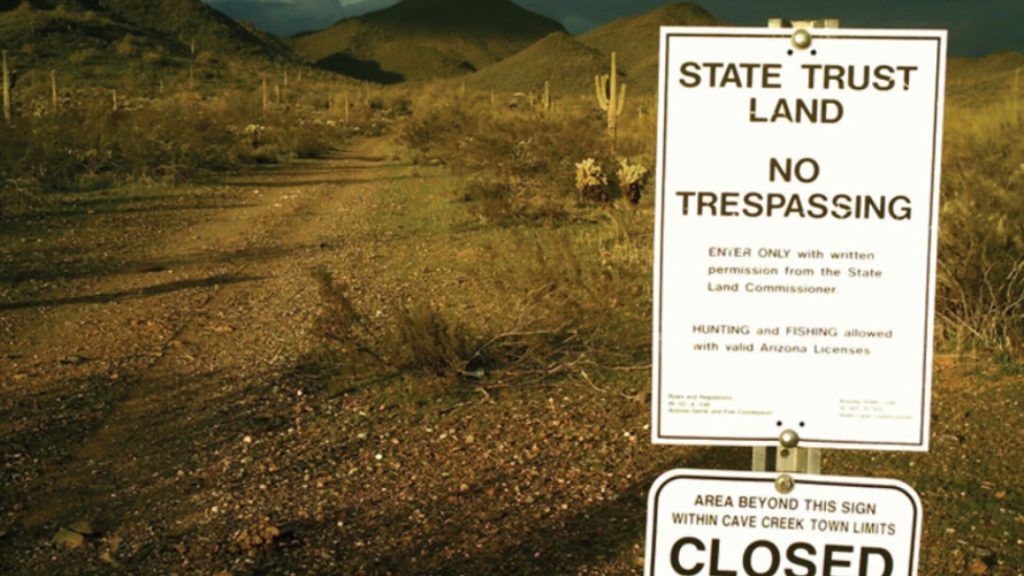
The Hagerman Fossil Beds National Monument contains one of the world’s richest deposits of fossils from the Pliocene Epoch. Wilderness areas and wild and scenic rivers provide habitat for wildlife and opportunities for recreation in a natural setting.
Economic Impacts of Federal Land Ownership in Idaho
The federal government’s ownership and management of over 34 million acres of land in Idaho significantly impacts the state’s economy. Extractive industries that operate on federal lands, such as mining, generate revenue and jobs for Idaho.
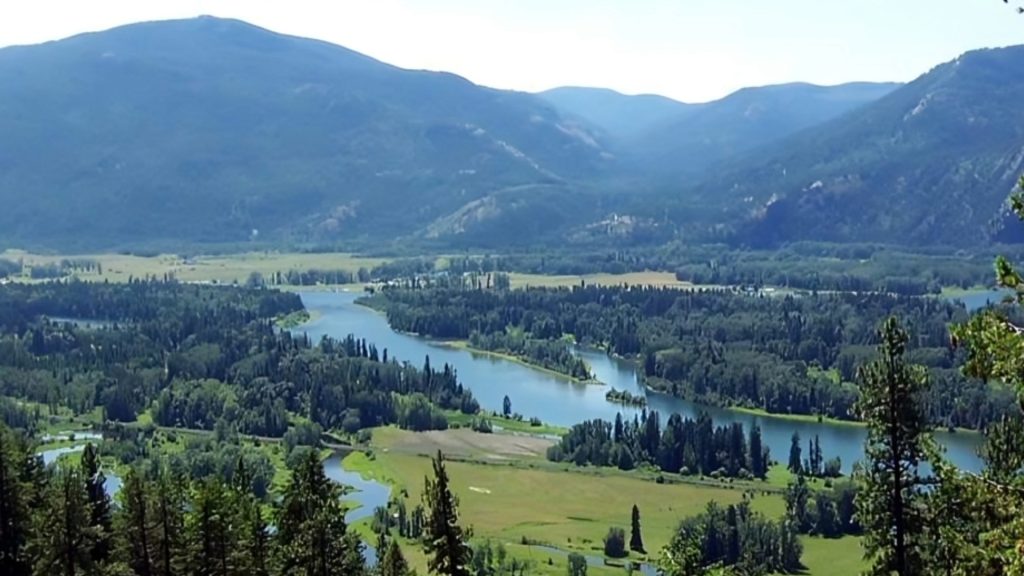
However, federal land ownership also restricts economic activities in Idaho. Many federal lands are designated as wilderness or national monuments, limiting commercial use. According to some estimates, wilderness designations have resulted in over $97 billion in lost economic opportunity costs in Idaho over the past few decades.
Impact of Tourism
Outdoor recreation on federal public lands generates economic benefits for Idaho. Visitors to national forests, BLM lands, and national parks in Idaho spent over $900 million in 2018, supporting nearly 9,000 jobs.
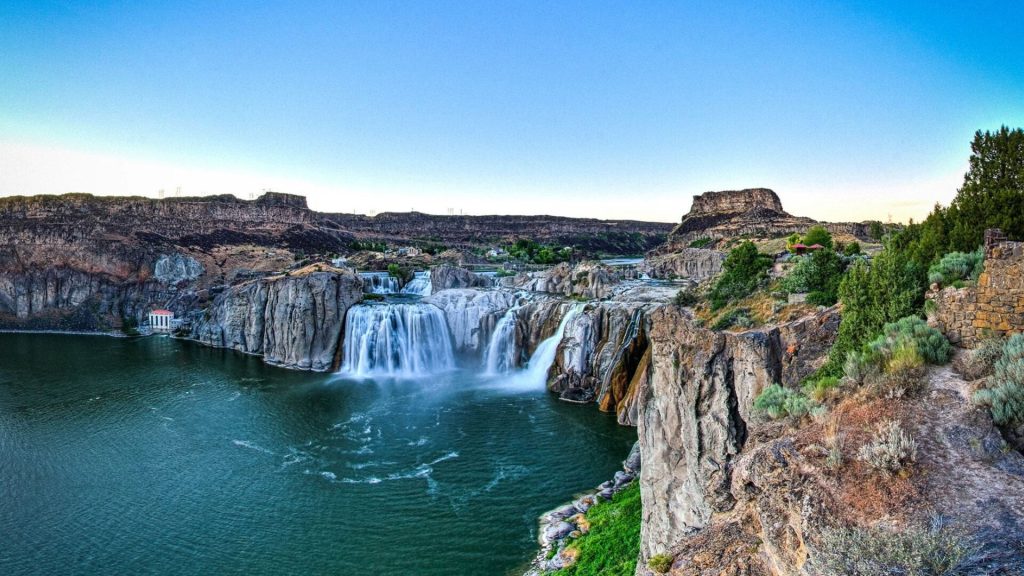
In 2019, Idaho received over $34 million in these payments. While the economic impacts of federal land ownership in Idaho are complex, with both benefits and drawbacks, federal lands undoubtedly shape Idaho’s economy, environment, and way of life.
Controversies and Issues Surrounding Federal Lands in Idaho
The federal government’s ownership and management of public lands in Idaho has long been a controversial issue. According to reports, the government owns and oversees nearly 34 million acres of land in Idaho, amounting to 62% of the total land area.
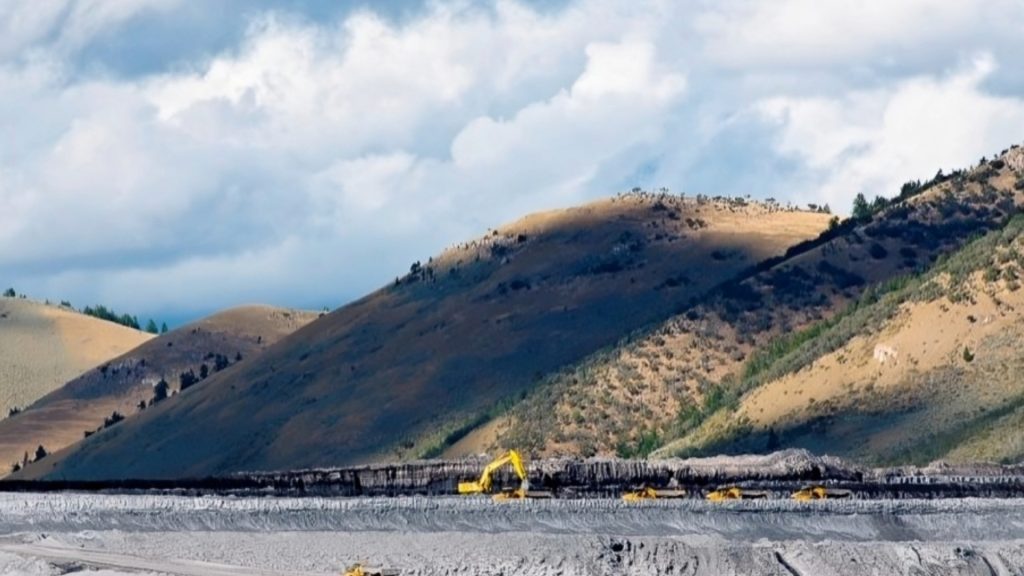
While proponents argue that federal lands provide recreation and help preserve natural resources, others criticize government overreach and mismanagement. One ongoing debate relates to resource extraction on federal lands.
Residents Urge Government to Transfer Control of Land
Some Idahoans argue that the government should transfer more control of federal lands to state authorities. However, others disagree, citing the government’s duty to steward lands for the benefit of all citizens. There are also concerns that state control could enable privatization and limit public access.
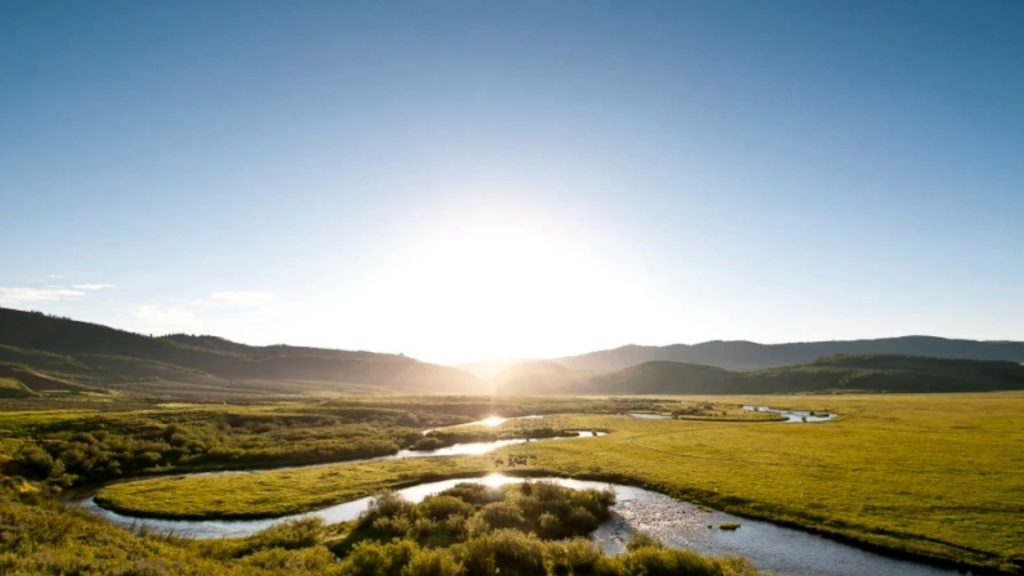
Federal land designations like national monuments and wilderness areas are also controversial. While increasing protections, they can restrict certain activities like grazing, mining, and motorized recreation.
Recent Changes and Developments Related to Federal Lands in Idaho
In April 2023, the BLM and other agencies approved a new phosphate mine in Caribou County, which will support the production of agricultural fertilizers. Although the environmental impact statement discusses pollution risks, phosphate mining can contaminate water supplies and damage the environment.
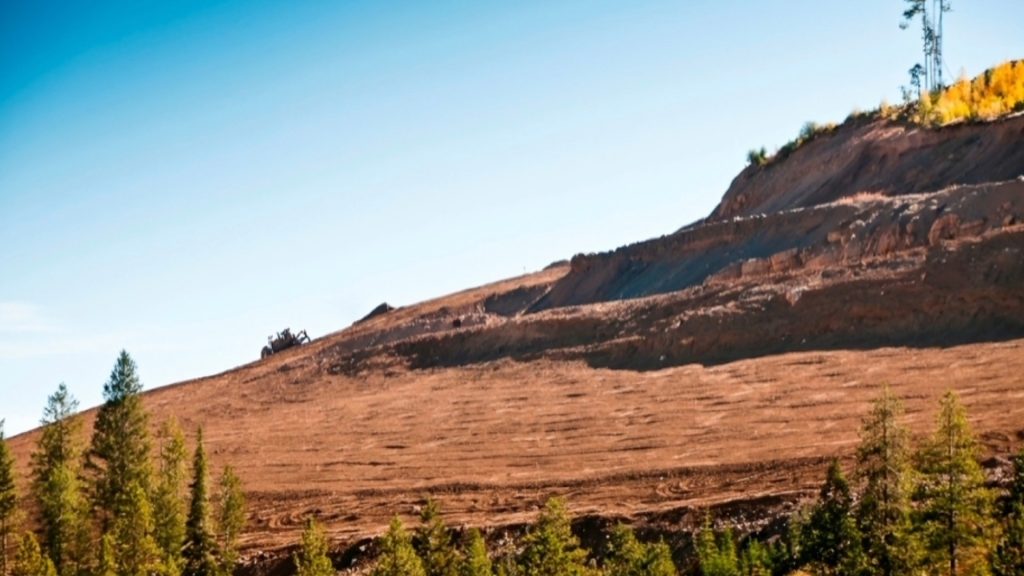
On the other hand, public lands in Idaho contain valued natural and historic areas like Craters of the Moon National Monument, City of Rocks National Reserve, and Hagerman Fossil Beds National Monument.
The Holding Family
The Holding family owns 400,000 acres of land in Idaho, ranking them among the top 30 largest private landowners in the United States. The family amassed much of their fortune through Sinclair Oil, an oil and gas extraction and refining company founded by Earl Holding.

Although private landowners control a small fraction of the state’s total area, a few families and entities own hundreds of thousands of acres each. Responsible stewardship of these lands, both public and private, is critical to preserving Idaho’s natural heritage for future generations.
Frank VanderSloot
Frank VanderSloot is Idaho’s wealthiest resident and CEO of Melaleuca, Inc., a wellness company. VanderSloot founded Melaleuca in 1985 and turned it into a multi-billion dollar enterprise, amassing a personal fortune of $4.2 billion.

VanderSloot’s land holdings make him the third-largest private landowner in Idaho. He uses the majority of this land for cattle ranching and farming. VanderSloot’s ranching operations produce high-quality Angus beef cattle, while his farms grow potatoes, barley, and alfalfa.
The Government is The Biggest Landowner in Idaho
The federal government is the largest landowner in Idaho, with over 60% of the state’s acreage under its control. This significant federal presence shapes Idaho’s culture, economy, and politics in profound ways.
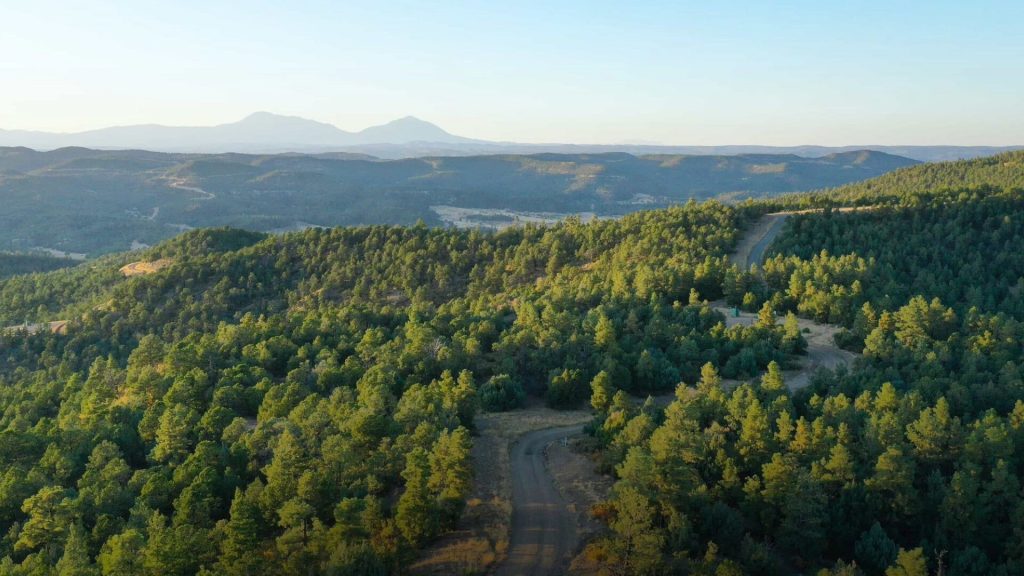
As Idaho continues developing as a state, collaboration and compromise between state and federal stakeholders will be key to balancing conservation, natural resource use, and other interests on public lands. With care and cooperation, Idaho’s public lands can continue providing value for generations to come.

